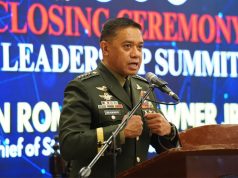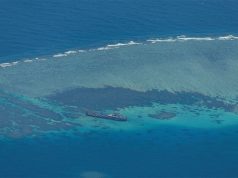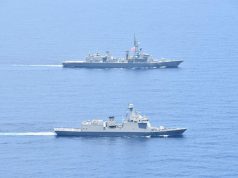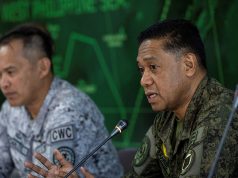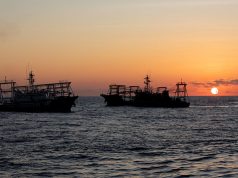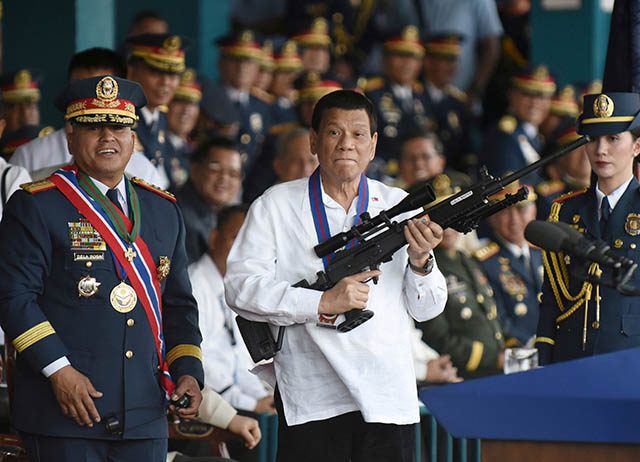
President Rodrigo Duterte’s Memorandum Order 32 which ordered the deployment of additional police and armed forces troops in certain provinces around the country was questioned by many of his critics.
The order signed by Executive Secretary Salvador Medialdea on Thursday, November 22 said that the move was to “suppress lawless violence and acts of terror” in Samar, Negros Oriental, Negros Occidental and the Bicol Region due to “sporadic acts of violence” in the said provinces.
The memorandum directs the Armed Forces of the Philippines, the Philippine National Police and the Department of Justice to increase intelligence operations against groups and individuals suspected of conspiring to perform such acts of lawlessness.
The document however provided that any police or military members found to have violated the constitutional rights of individual or group would be immediately penalized.
Various members of the opposition of the statement have voiced their concerns about the order.
Former Bayan Muna Rep. Neri Colmenares in a media interview questioned why the order was signed just months before the midterm elections, when violence had already been a problem earlier in his administration.
“It is surprising that the thousands of killings all over the country for two years did not alarm President Duterte, but these suddenly became a cause for concern to him a few months before the 2019 election,” he said during the interview.
He also cautioned the president against using the order as a means to attack opposition candidates.
“We warn President Duterte not to use these repressive powers against the people and the opposition candidates in the coming campaign period,” he added.
The Commission Human Rights in a statement meanwhile suggested that the problem of criminality in the areas covered could be rooted in problems that could not be addressed by simply increasing military and police presence.
“The recent incidence of violence in the area demands thorough investigation and expedient justice for the victims. This is the more immediate clamor that needs to be addressed to truly stop the cycle of violence. Moreover, there is a need to address the root causes of violence—primarily land issues and the plight of farmers in the said area,” the group said.
Other groups warned that the order could be a prelude to even more drastic action by the government.
OPPOSE MALACAÑANG MEMORANDUM ORDER NO. 32!
END MARTIAL LAQ IN MINDANAO! pic.twitter.com/pUQxW2W987
— ANAKBAYAN – College of Science UPD (@anakbayanCS) November 24, 2018
The Armed Forces of the Philippines has voiced its support for the order.
Brig. Gen. Edgard Arevalo, the military’s spokesperson, in a statement said that the AFP supported the order as it sought to prevent the spread of lawless violence from other areas, particularly Metro Manila.
He added that the order did not mean that nationwide martial law would soon be declared.
“Whether that is a prelude to the declaration of national martial law, there is no relation because there are specific areas where we will send more forces,” he said in his statement.
Calling out power?
The president is allowed by Article VI, Sec. 18 of the 1987 constitution to “prevent or suppress lawless violence, invasion or rebellion.” This power had been availed of by a number of Duterte’s predecessors.
Former president Joseph Estrada in 2000 published a Letter of Instruction ordering the deployment of Philippine Marines in assisting the PNP in guarding a number of public areas in Metro Manila due to a rise in violent crime in the metropolis.
His predecessor Gloria Macapagal-Arroyo used the same power in 2009 when she placed Cotabato City, Sultan Kudarat and Maguindanao under a state of emergency and ordered the deployment of AFP troops in the area following the Maguindanao Massacre in November that year.




